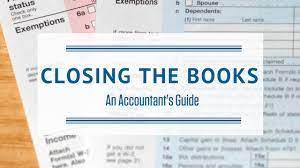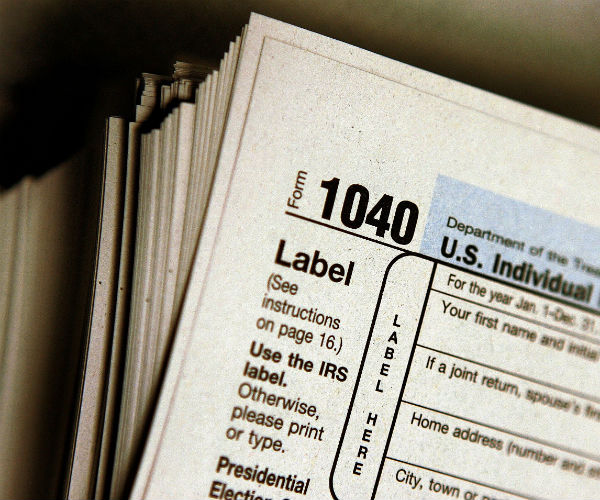BEFORE CLOSING THE BOOKS – Year End Preparation/Post Year Preparation

One of the most hectic times in the life of an accountant is the closing of the books at year-end. It usually happens post New Year but a lot has to happen at year end, a lot of documents have to chased, bills to pay, etc. Here is a guide on what needs to happen before you close for work for the New Year and thereafter, to ensure and guarantee a smooth transition from the old into the new.
Cash and Checks on Hand – Cash and checks on hand need to be deposited before the end of the year. For security, these are to be deposited in the banks. Petty cash custodians should be reminded that remaining cash in their custody should be turned over and deposited in the bank. A cash count should be made for each of them.
Pending Invoices and Accountable Forms – Under the revenue recognition principle, revenue can only be recognized if services have been rendered and products have been shipped and delivered. It is only then that an invoice, an accountable form, can be issued. A receivable and income is then recognized. Sales people are busy at this time too as for sales to be credited to them at year’s end, products must be shipped and and invoices have to be issued. Their commissions for the year depend on that. The billing department is also busy at this time.
Inventory, Warehouse, Shipping– The warehouse is also busy at year end because they are busy shipping the products to the customers. They are probably being prodded by the salespeople to immediately ship the goods and shipping documents received and signed so they can be issued an invoice.
In Quickbooks, closing the books, is done easily and automatically by the software. It is a matter of setting the date of close. In this case at year’s end, we close the books at 12/31/2023. The closing process involves the closing of temporary accounts, the revenue accounts and the expense accounts. That means these accounts have zero balances come the year 2024. The account balances as of 12/31/2023 are deemed final. Changes or unauthorized alterations to these balances are prevented. But since the actual closing of the books actually happens post year, as there might still be adjustments after the year ends, a fail-safe option was installed by Quickbooks, to Allow changes after viewing a warning and entering a password option. This has to be selected after setting the date of closing at 12/31/2023.
HAPPY NEW YEAR!!
It’s now 2024, the system date in your accounting software is now Year 2024. But, most likely, a lot of the accountants involved in recording transactions will say that they are not yet done with Year 2023. Since they cannot alter the 2023 transactions anymore, since they see a warning and asks for a password, it is up to the Accounting Manager to control these changes. After ensuring that these changes are legitimate, allowed them, and after all have said that they are done with Year 2023, we are ALMOST ready to close.
We now have the financial data before the closing of the books. To ensure its correctness, we undergo the following steps:
- Review and Analyze Financial Statements – This is the most important task before the actual closing of the books. Any adjustments and corrections to the different accounts are here to be determined to ensure correctness of the balances. Procedures like cash counts, bank reconciliation, accounts receivable reconciliation, physical inventory count, accounts payable reconciliation, payroll reconciliation, and revenue reconciliation should have been done by this time.
- Adjusting for Accruals and Deferrals – This is easily covered in the first step. But we must ensure what we adjust for before the closing process. We make adjusting entries for accruals and deferrals.
- Accruals
- 1. Accrued Revenues: These are the income of the business that it has already earned but have not yet received compensation for. For example, a business sells products to a customer but the customer has not paid for the products and the business has not yet billed the customer.
- 2. Accrued Expenses: These are expenses of a business that the business has consumed but the business is yet to pay for it. For example, the electricity that is used in December where neither the bill nor the payment will be processed until January.
- Deferrals
- 1. Deferred Expenses: These involve a payment that was paid in advance of the accounting period(s) in which it will become an expense. For example, a payment made in December for property insurance covering the next six months of January through June. This is actually a prepayment, Prepaid Insurance.
- 2. Deferred Revenues: These involve money that was received in advance of earning it. For example, the insurance company receiving money in December for providing insurance protection for the next six months. These accounts are adjusted into liability accounts.
- Correcting Entries – These are basically adjustments to all accounts involving different accounting procedures like bank reconciliation, which determines adjustment to the cash account, accounts receivable reconciliation, which determines adjustment to Accounts Receivable, physical count of inventory, which determines adjustments to Inventory, accounts payable reconciliation and payroll reconciliation. Double recording, errors and omissions are covered here.
When it is all done, we finally CLOSE THE BOOKS and start the New Year! It is now ready for audit by company CPAs!








Thank you for this informative post. Happy New Year! Have a great 2024!